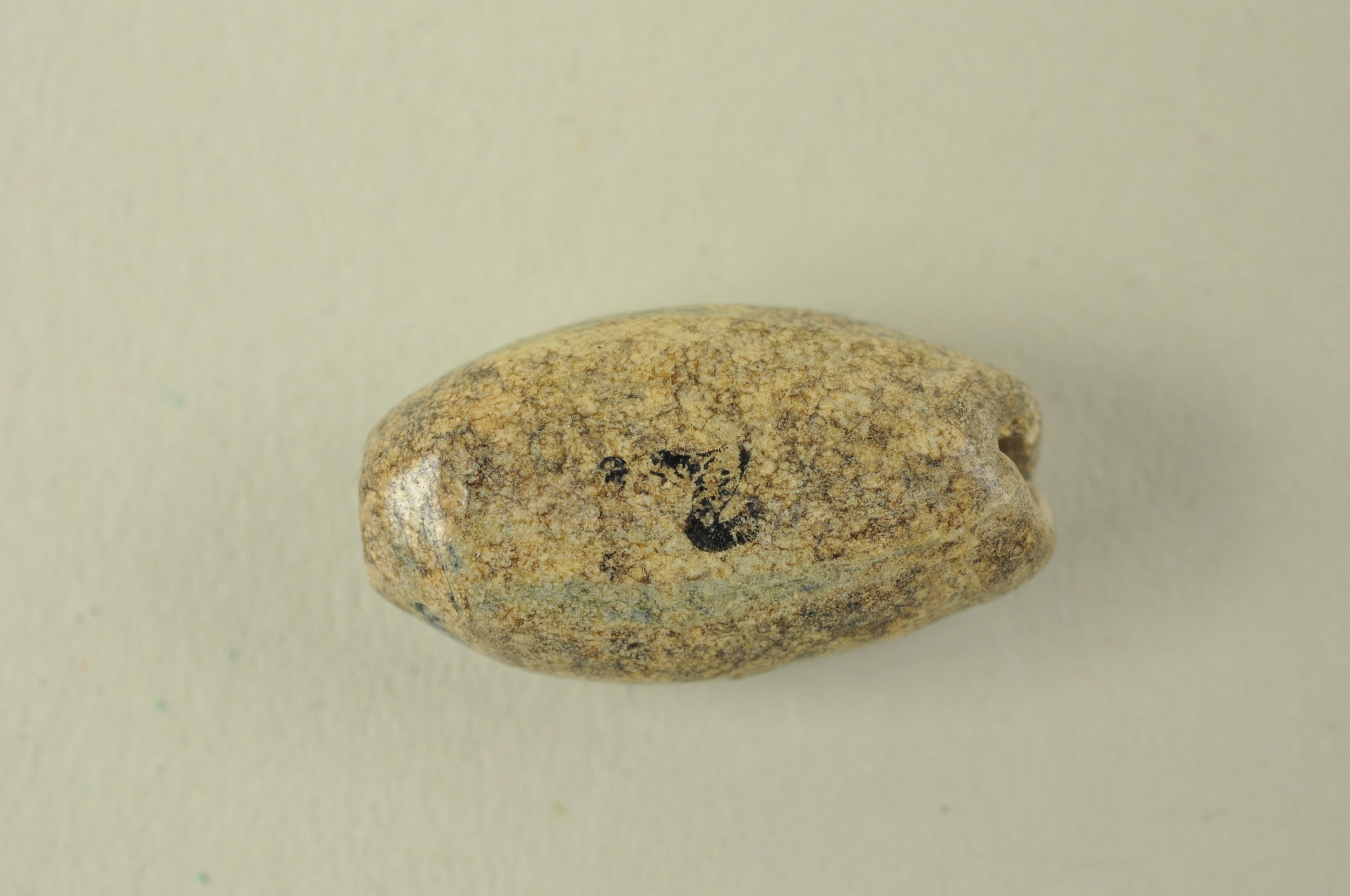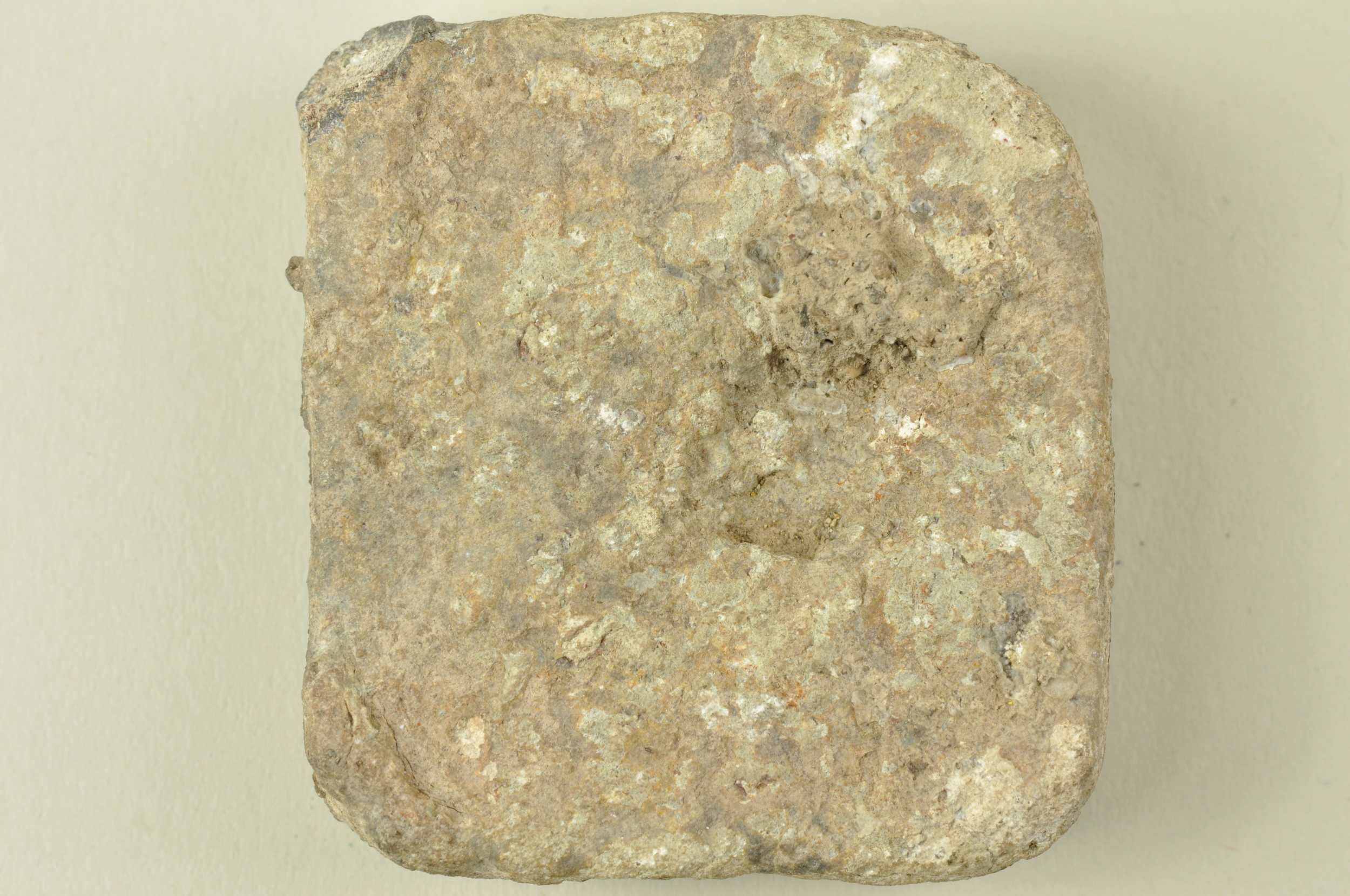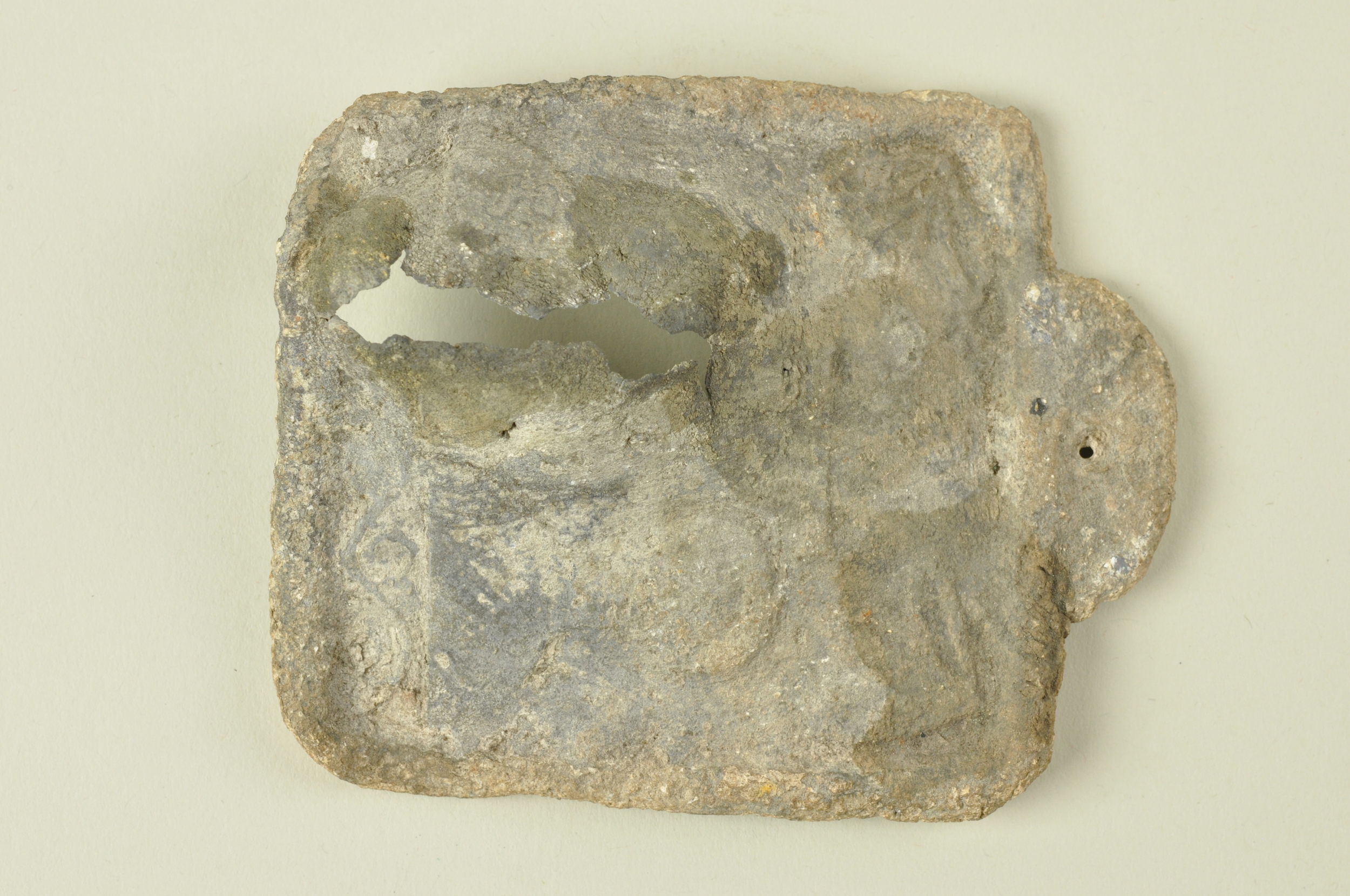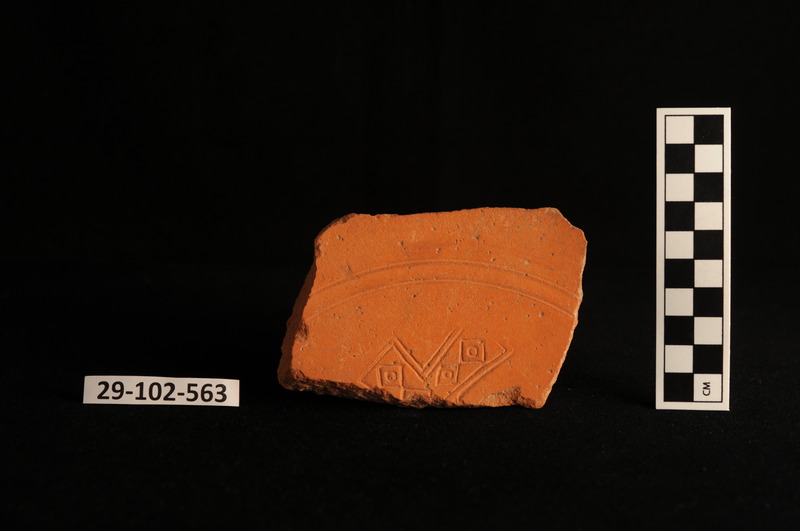Cooking, Hearth, and Home





As pointed out elsewhere, the excavations at Beth Shean did not uncover any well-defined domestic space on the Tel. Given that we have yet to uncover a complete Byzantine urban house, this is statistically unsurprising. Unfortunately, this means that we have difficulty in contextualizing various miscellaneous objects as above, even when we know that activities such as cooking were a fundamental part of late antique existence (as they are today). We have enough material, however, to suggest that Beth Shean functioned in a similar way to other sites, most notably due to the pottery found in a number of cisterns and catalogued by Clarence Fisher (a ceramicophile, according to his field diary).


Pottery was a staple part of urban and rural existence, and vessels ranged from small pots for salt to huge storage containers for olive oil and water. Probably, as seems to be the case commonly, most cooking would have taken place in courtyards rather than kitchens in all but the wealthiest domestic dwellings. As elsewhere in the fifth and sixth centuries CE, Beth Shean seems to have produced much of its clay-based products locally; this impression is also reinforced by the significant number of unfired clay loom weights found near the Tel. The most distinctive pieces of pottery, such as a cross-shaped lamp handle above, came from the monasteries at the northern edge of the city.
